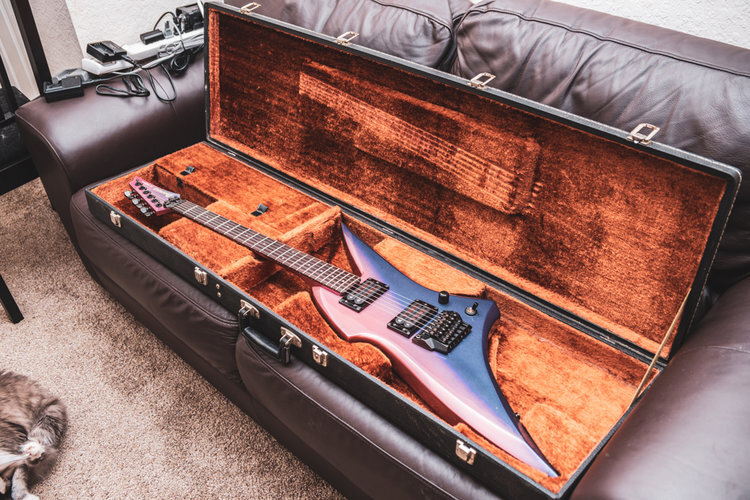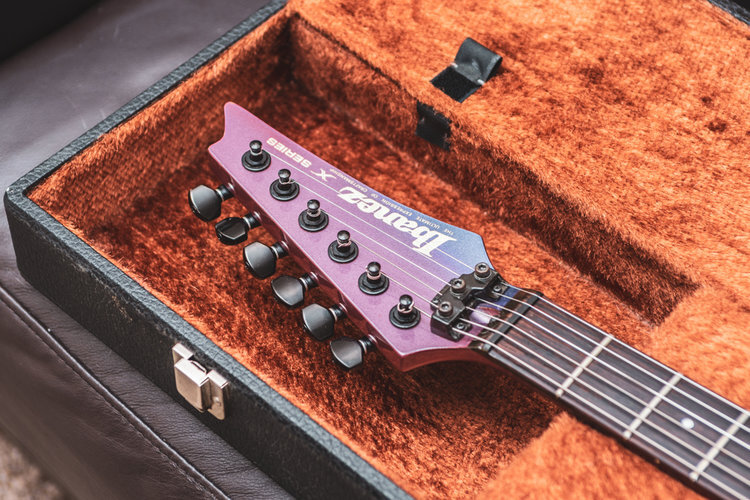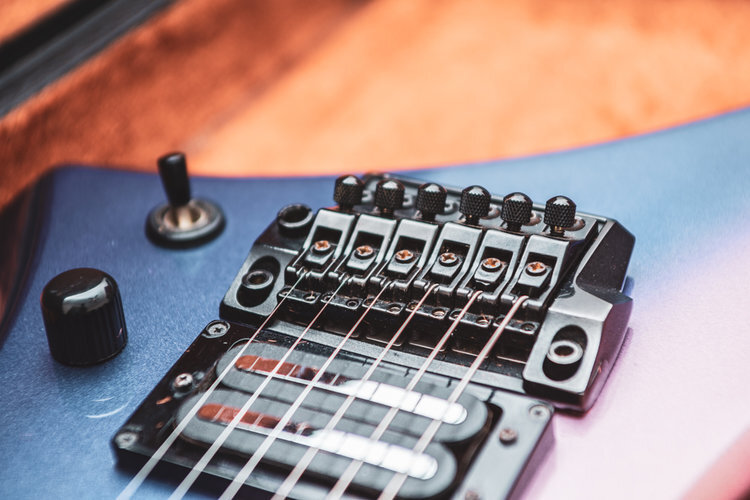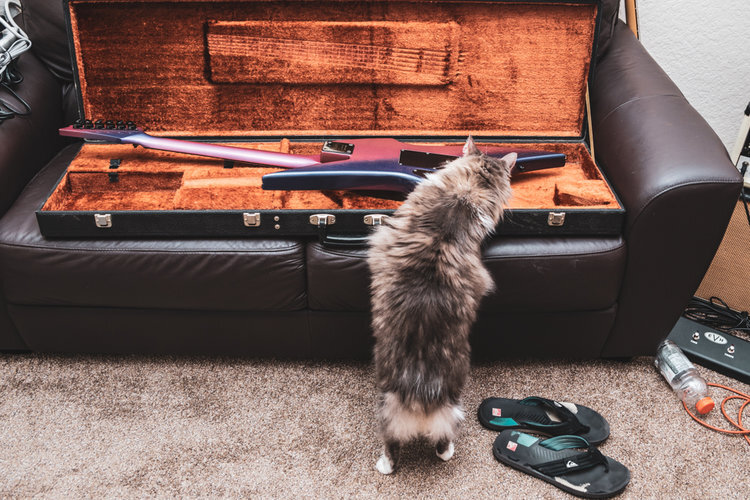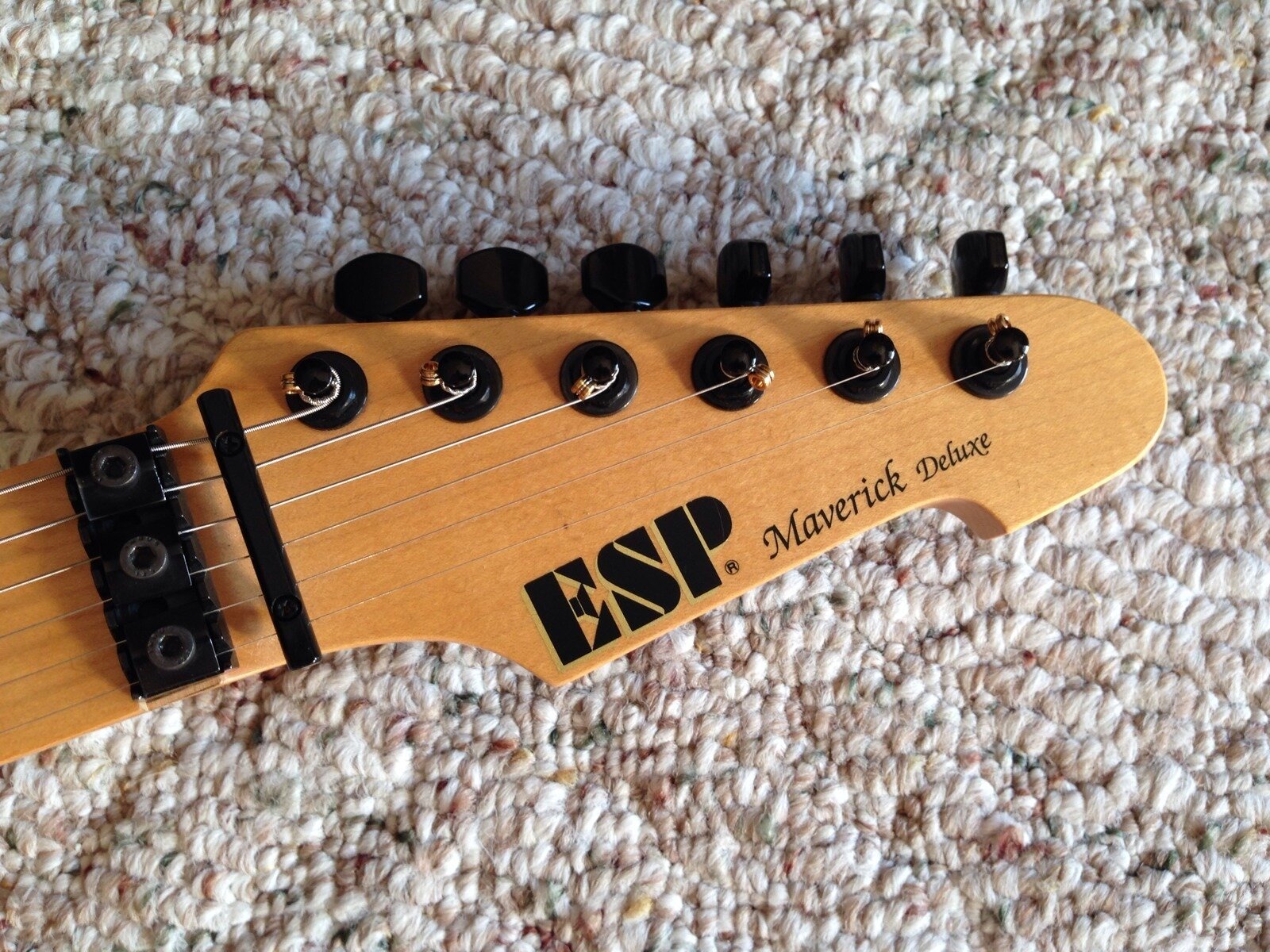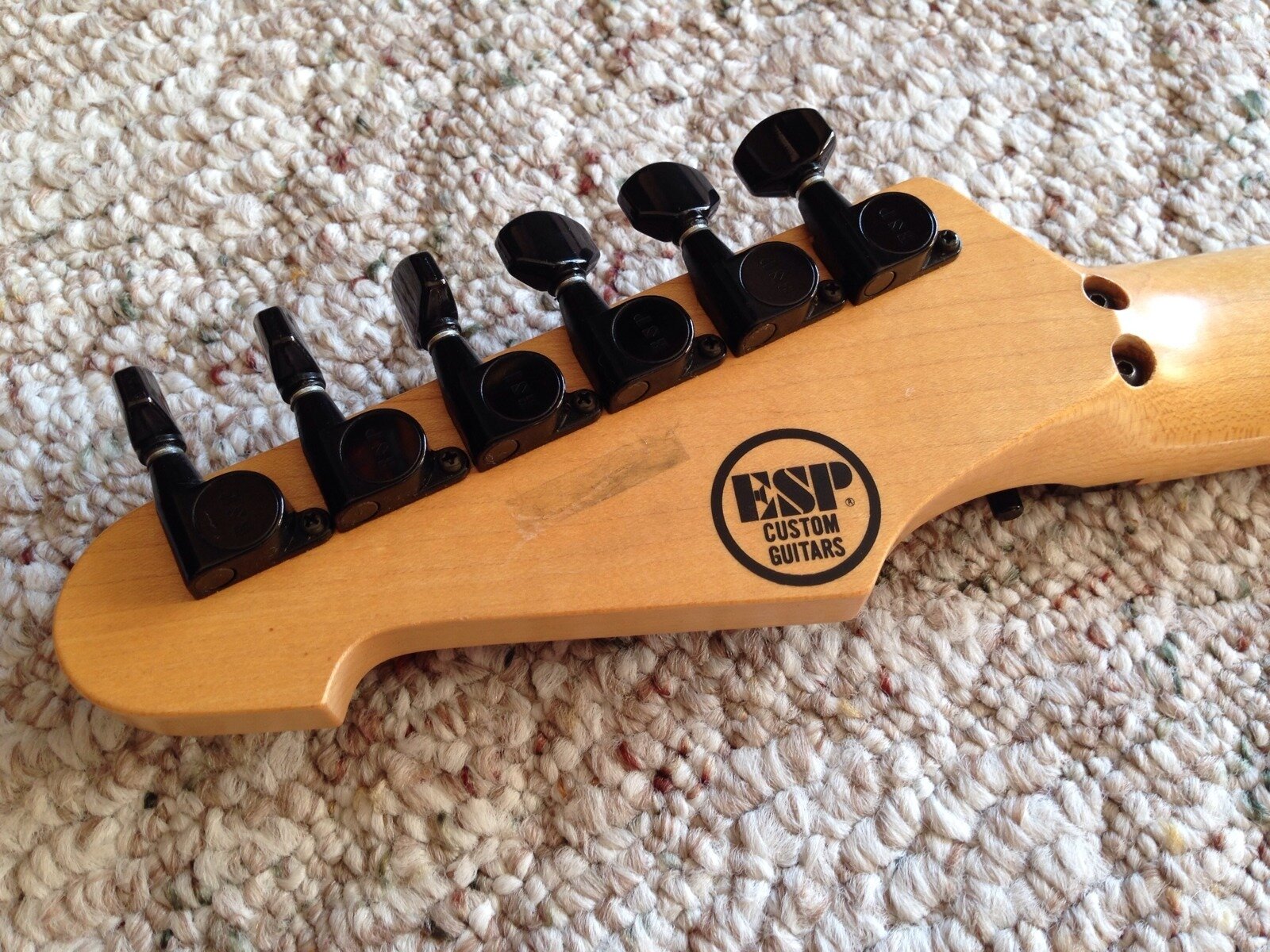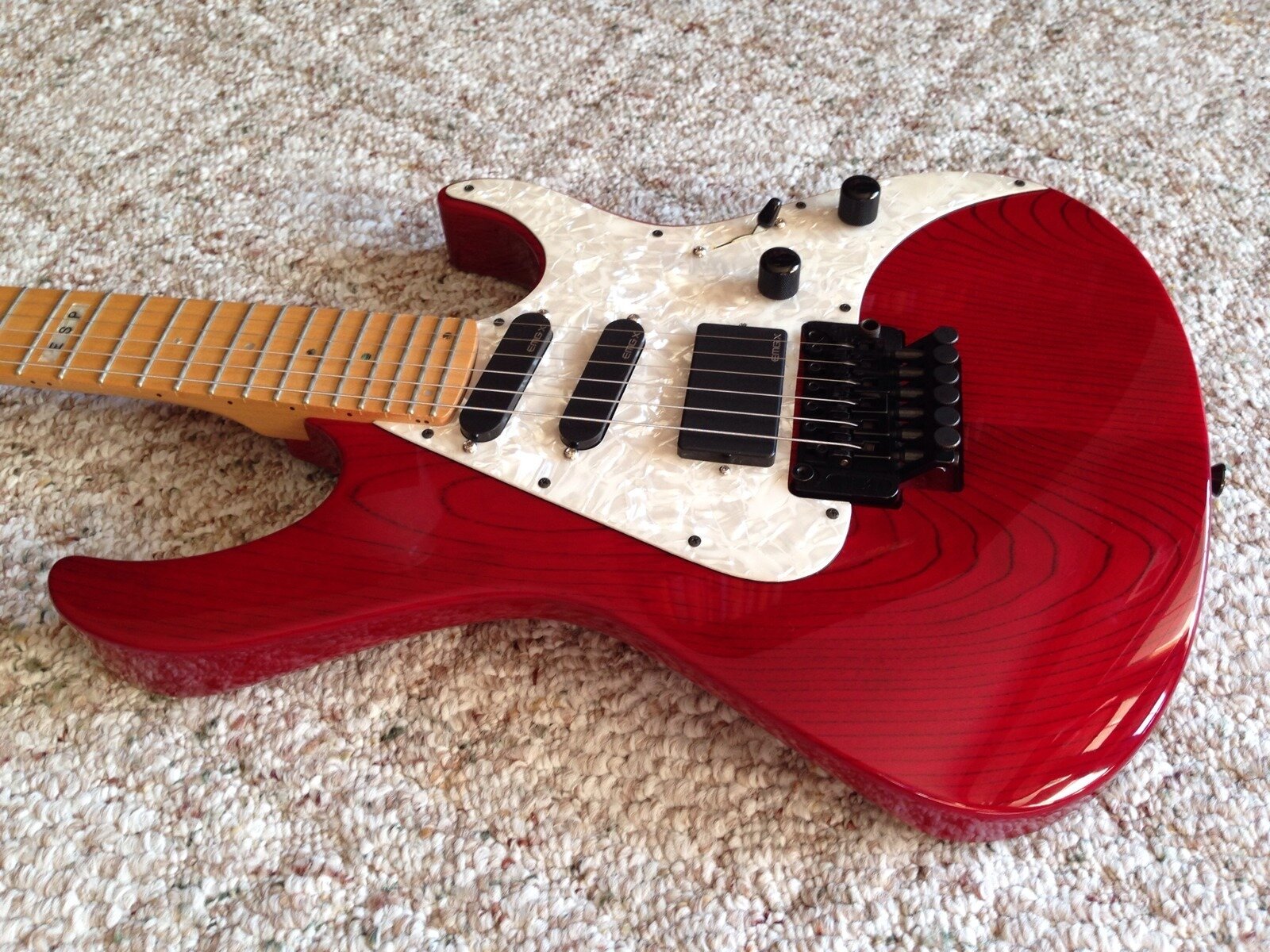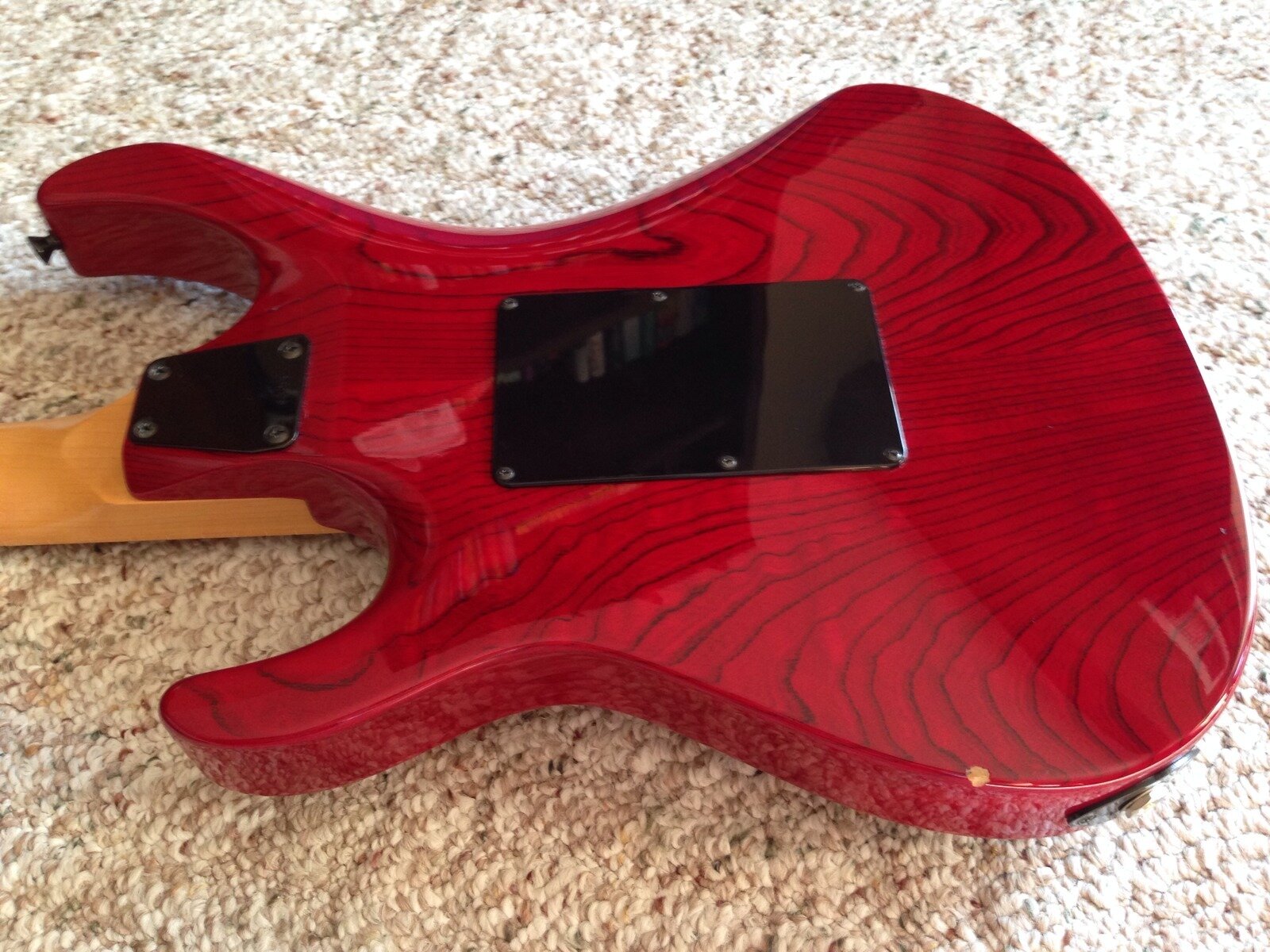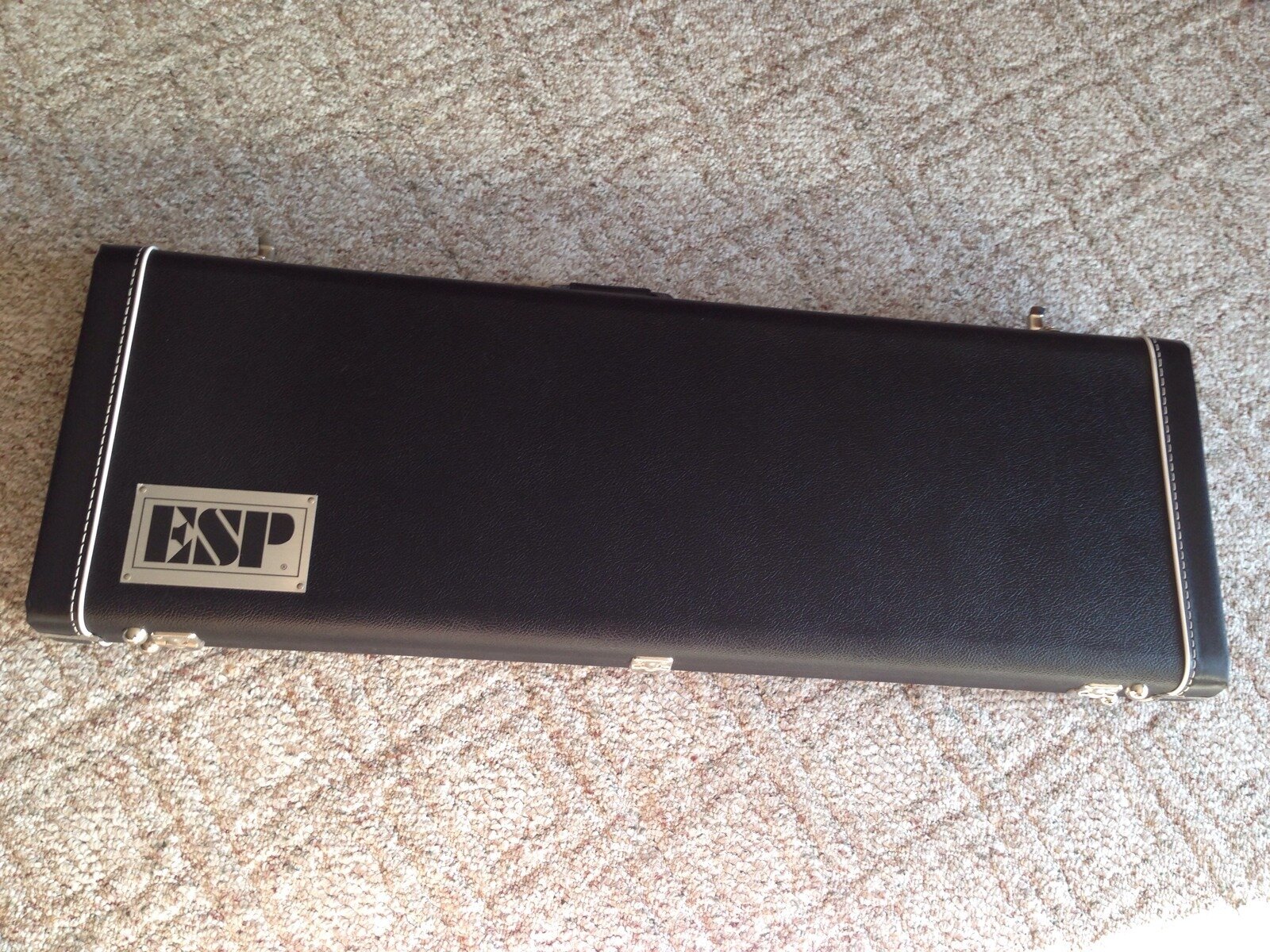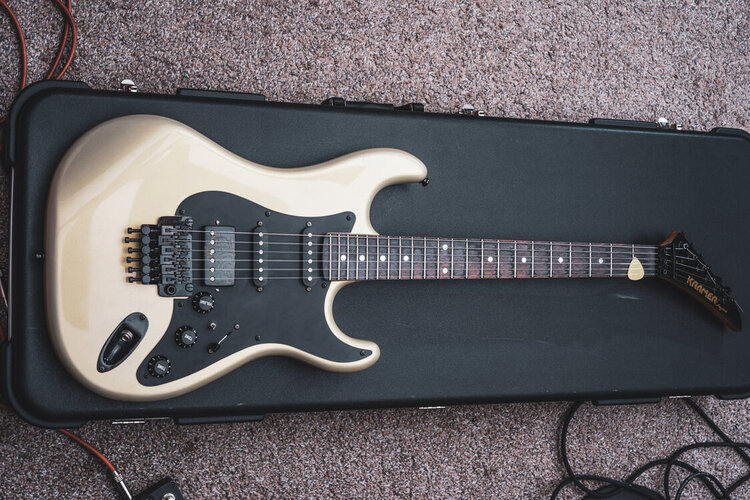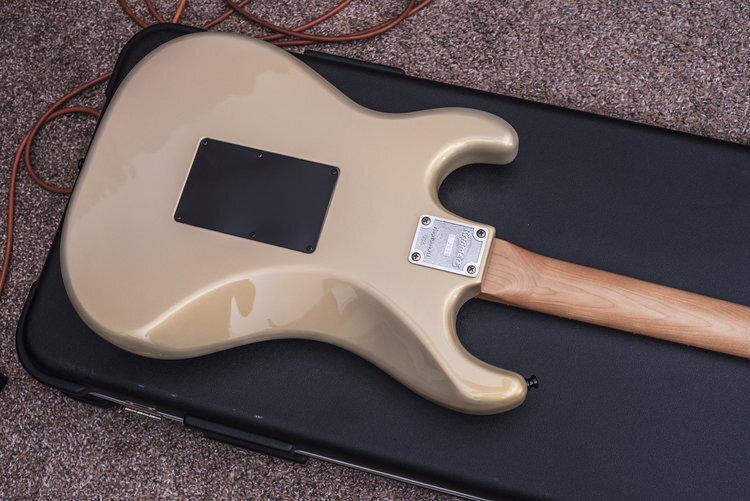Since the Laney AOR didn’t quite scratch the JCM800 itch, I went on the hunt again. A local vintage music shop had been posting listings on craigslist, but the owner does not ship. I saw a JCM800 2204 in some photos, so I took a day and drove down to see what was in the shop.
This shop is Jimmy’s Vintage Music of Auburndale FL, a beautiful small town roughly halfway in between Orlando and Tampa. It was no let down - vintage Fenders, Marshalls, and all manner of beautiful guitars were on display.
After trying out the JCM800 2204 and feeling that the master volume was just too difficult to control, the knobs very easy to rotate and slightly scratchy at the lowest settings due to age made it hard to imagine taking it home to my studio. The owner suggested I try the white Splawn, complete with a road case and matching white 4x12 Splawn cab.
I was immediately thrilled by the sound - it wasn’t overly gainy, but it was much thicker, fuller, and more in line with the modded Marshall tones I wanted out of this type of amp while keeping its vintage Character. After some quick negotiating, I took the head home sans cab and road case. The cab was fantastic - no argument - but I just couldn’t justify the space at home.





